Ahlad Kumar
Orthogonal Transform based Generative Adversarial Network for Image Dehazing
Jun 03, 2022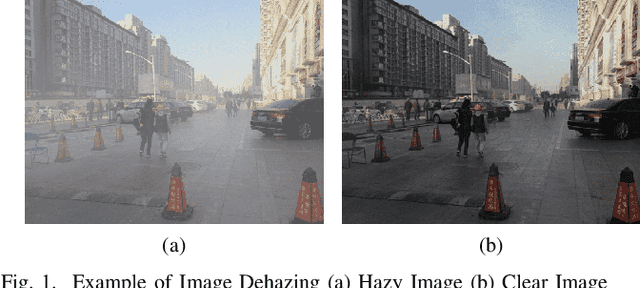
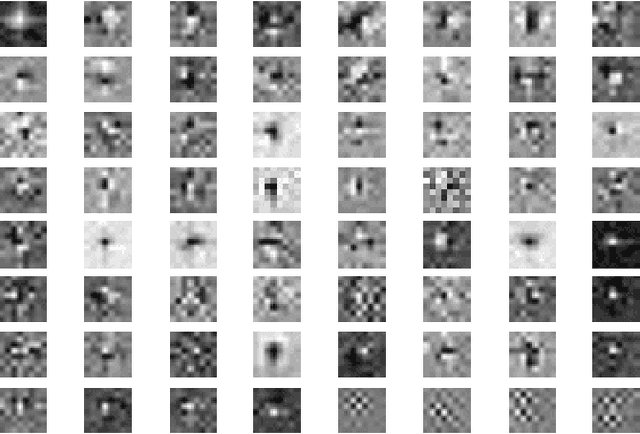
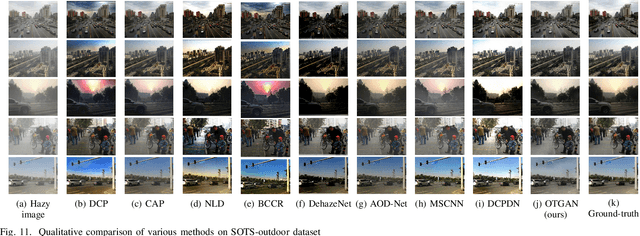
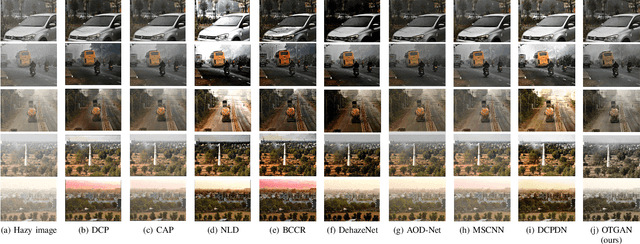
Abstract:Image dehazing has become one of the crucial preprocessing steps for any computer vision task. Most of the dehazing methods try to estimate the transmission map along with the atmospheric light to get the dehazed image in the image domain. In this paper, we propose a novel end-to-end architecture that directly estimates dehazed image in Krawtchouk transform domain. For this a customized Krawtchouk Convolution Layer (KCL) in the architecture is added. KCL is constructed using Krawtchouk basis functions which converts the image from the spatial domain to the Krawtchouk transform domain. Another convolution layer is added at the end of the architecture named as Inverse Krawtchouk Convolution Layer (IKCL) which converts the image back to the spatial domain from the transform domain. It has been observed that the haze is mainly present in lower frequencies of hazy images, wherein the Krawtchouk transform helps to analyze the high and low frequencies of the images separately. We have divided our architecture into two branches, the upper branch deals with the higher frequencies while the lower branch deals with the lower frequencies of the image. The lower branch is made deeper in terms of the layers as compared to the upper branch to address the haze present in the lower frequencies. Using the proposed Orthogonal Transform based Generative Adversarial Network (OTGAN) architecture for image dehazing, we were able to achieve competitive results when compared to the present state-of-the-art methods.
Deep Learning Architecture Based Approach For 2D-Simulation of Microwave Plasma Interaction
Jun 02, 2022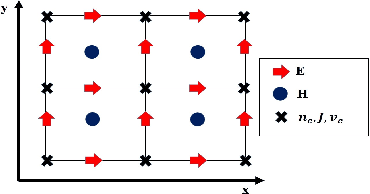

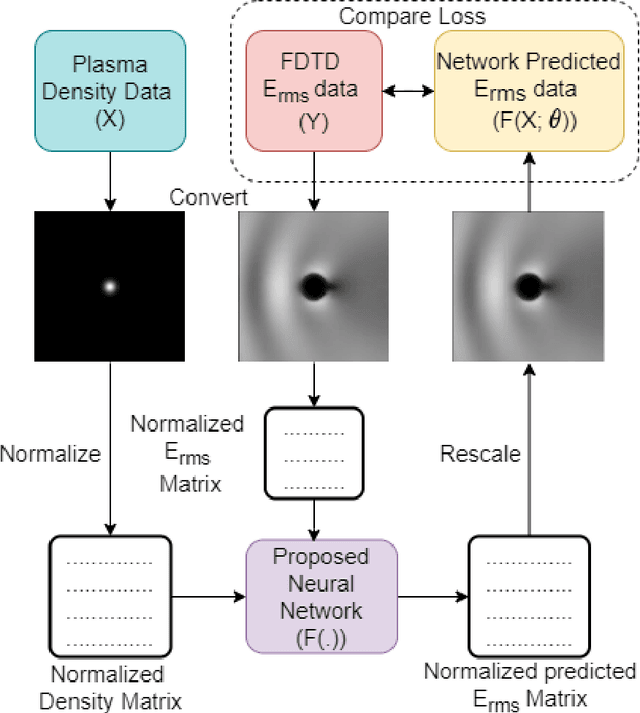

Abstract:This paper presents a convolutional neural network (CNN)-based deep learning model, inspired from UNet with series of encoder and decoder units with skip connections, for the simulation of microwave-plasma interaction. The microwave propagation characteristics in complex plasma medium pertaining to transmission, absorption and reflection primarily depends on the ratio of electromagnetic (EM) wave frequency and electron plasma frequency, and the plasma density profile. The scattering of a plane EM wave with fixed frequency (1 GHz) and amplitude incident on a plasma medium with different gaussian density profiles (in the range of $1\times 10^{17}-1\times 10^{22}{m^{-3}}$) have been considered. The training data associated with microwave-plasma interaction has been generated using 2D-FDTD (Finite Difference Time Domain) based simulations. The trained deep learning model is then used to reproduce the scattered electric field values for the 1GHz incident microwave on different plasma profiles with error margin of less than 2\%. We propose a complete deep learning (DL) based pipeline to train, validate and evaluate the model. We compare the results of the network, using various metrics like SSIM index, average percent error and mean square error, with the physical data obtained from well-established FDTD based EM solvers. To the best of our knowledge, this is the first effort towards exploring a DL based approach for the simulation of complex microwave plasma interaction. The deep learning technique proposed in this work is significantly fast as compared to the existing computational techniques, and can be used as a new, prospective and alternative computational approach for investigating microwave-plasma interaction in a real time scenario.
Orthogonal Features Based EEG Signals Denoising Using Fractional and Compressed One-Dimensional CNN AutoEncoder
Apr 16, 2021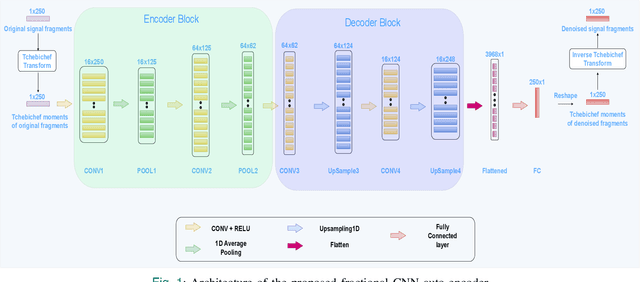


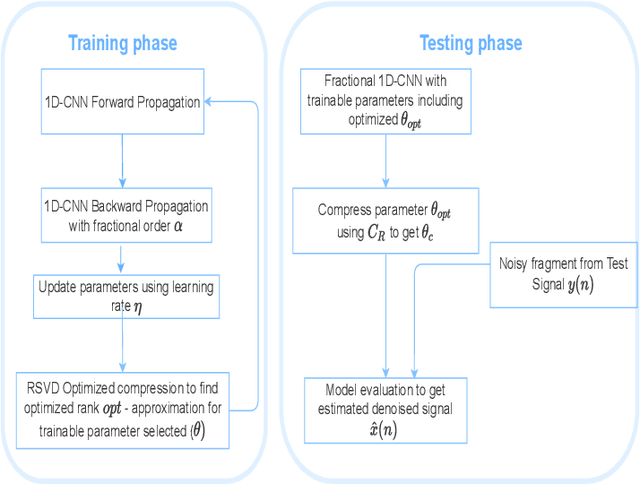
Abstract:This paper presents a fractional one-dimensional convolutional neural network (CNN) autoencoder for denoising the Electroencephalogram (EEG) signals which often get contaminated with noise during the recording process, mostly due to muscle artifacts (MA), introduced by the movement of muscles. The existing EEG denoising methods make use of decomposition, thresholding and filtering techniques. In the proposed approach, EEG signals are first transformed to orthogonal domain using Tchebichef moments before feeding to the proposed architecture. A new hyper-parameter ($\alpha$) is introduced which refers to the fractional order with respect to which gradients are calculated during back-propagation. It is observed that by tuning $\alpha$, the quality of the restored signal improves significantly. Motivated by the high usage of portable low energy devices which make use of compressed deep learning architectures, the trainable parameters of the proposed architecture are compressed using randomized singular value decomposition (RSVD) algorithm. The experiments are performed on the standard EEG datasets, namely, Mendeley and Bonn. The study shows that the proposed fractional and compressed architecture performs better than existing state-of-the-art signal denoising methods.
Tchebichef Transform Domain-based Deep Learning Architecture for Image Super-resolution
Feb 23, 2021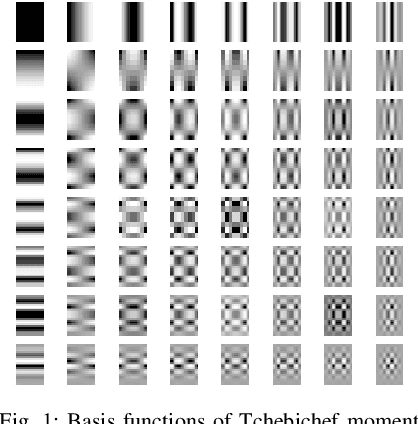
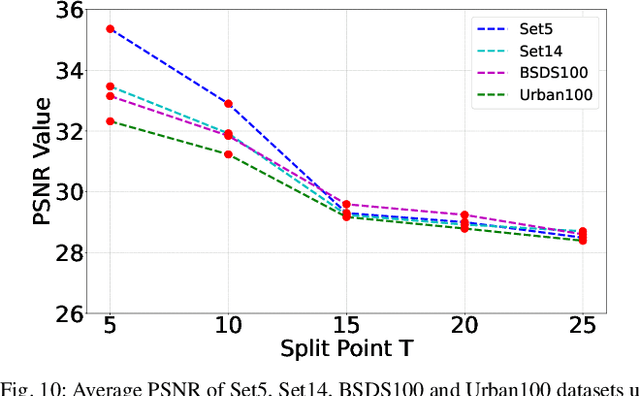
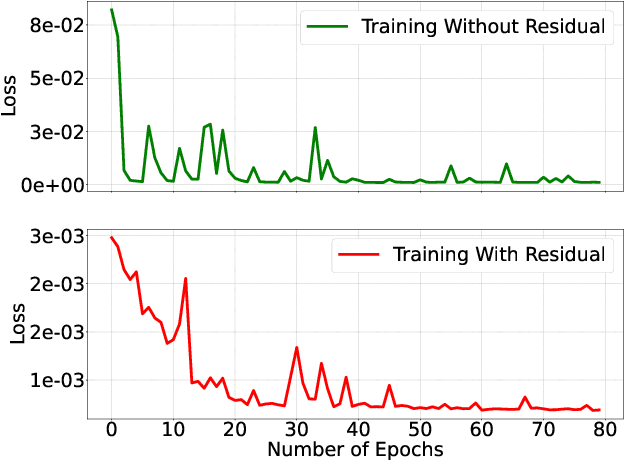

Abstract:The recent outbreak of COVID-19 has motivated researchers to contribute in the area of medical imaging using artificial intelligence and deep learning. Super-resolution (SR), in the past few years, has produced remarkable results using deep learning methods. The ability of deep learning methods to learn the non-linear mapping from low-resolution (LR) images to their corresponding high-resolution (HR) images leads to compelling results for SR in diverse areas of research. In this paper, we propose a deep learning based image super-resolution architecture in Tchebichef transform domain. This is achieved by integrating a transform layer into the proposed architecture through a customized Tchebichef convolutional layer ($TCL$). The role of TCL is to convert the LR image from the spatial domain to the orthogonal transform domain using Tchebichef basis functions. The inversion of the aforementioned transformation is achieved using another layer known as the Inverse Tchebichef convolutional Layer (ITCL), which converts back the LR images from the transform domain to the spatial domain. It has been observed that using the Tchebichef transform domain for the task of SR takes the advantage of high and low-frequency representation of images that makes the task of super-resolution simplified. We, further, introduce transfer learning approach to enhance the quality of Covid based medical images. It is shown that our architecture enhances the quality of X-ray and CT images of COVID-19, providing a better image quality that helps in clinical diagnosis. Experimental results obtained using the proposed Tchebichef transform domain super-resolution (TTDSR) architecture provides competitive results when compared with most of the deep learning methods employed using a fewer number of trainable parameters.
Orthogonal Features-based EEG Signal Denoising using Fractionally Compressed AutoEncoder
Feb 16, 2021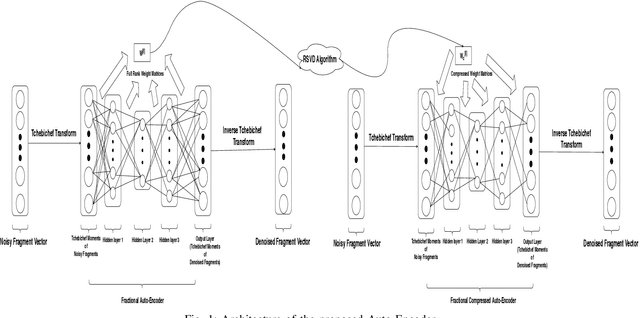
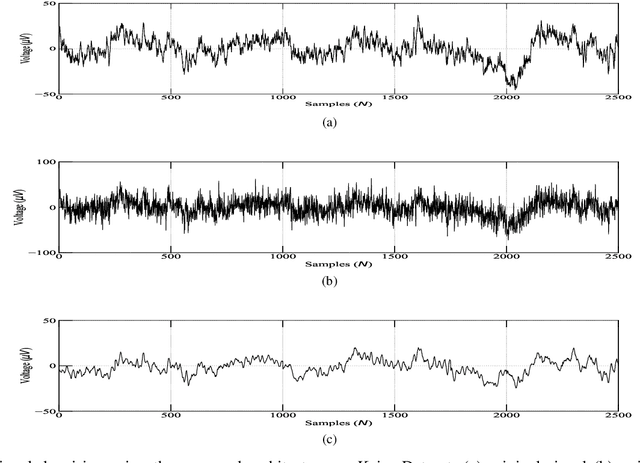
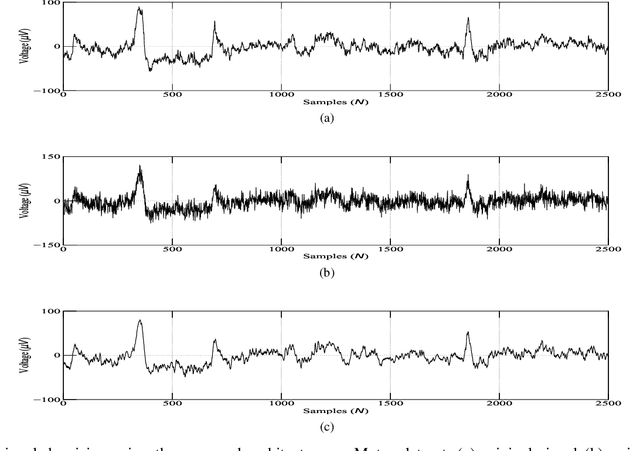
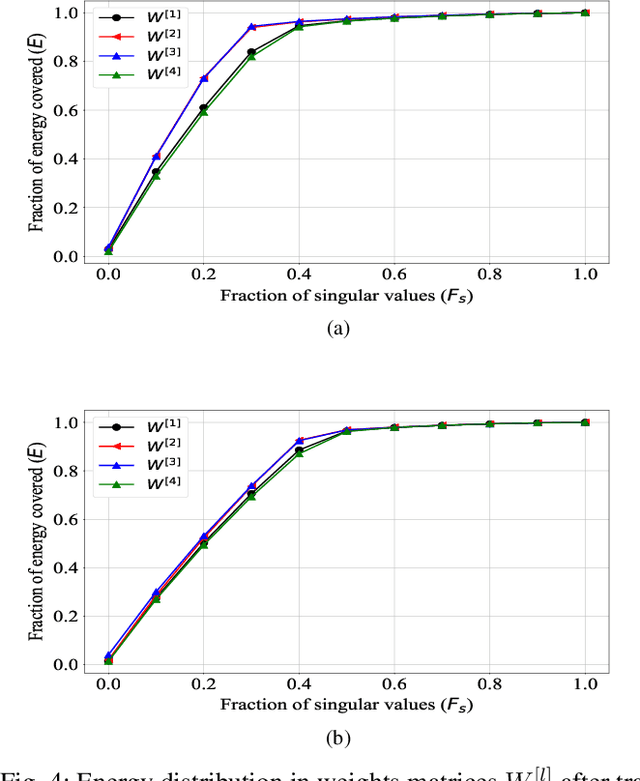
Abstract:A fractional-based compressed auto-encoder architecture has been introduced to solve the problem of denoising electroencephalogram (EEG) signals. The architecture makes use of fractional calculus to calculate the gradients during the backpropagation process, as a result of which a new hyper-parameter in the form of fractional order ($\alpha$) has been introduced which can be tuned to get the best denoising performance. Additionally, to avoid substantial use of memory resources, the model makes use of orthogonal features in the form of Tchebichef moments as input. The orthogonal features have been used in achieving compression at the input stage. Considering the growing use of low energy devices, compression of neural networks becomes imperative. Here, the auto-encoder's weights are compressed using the randomized singular value decomposition (RSVD) algorithm during training while evaluation is performed using various compression ratios. The experimental results show that the proposed fractionally compressed architecture provides improved denoising results on the standard datasets when compared with the existing methods.
 Add to Chrome
Add to Chrome Add to Firefox
Add to Firefox Add to Edge
Add to Edge